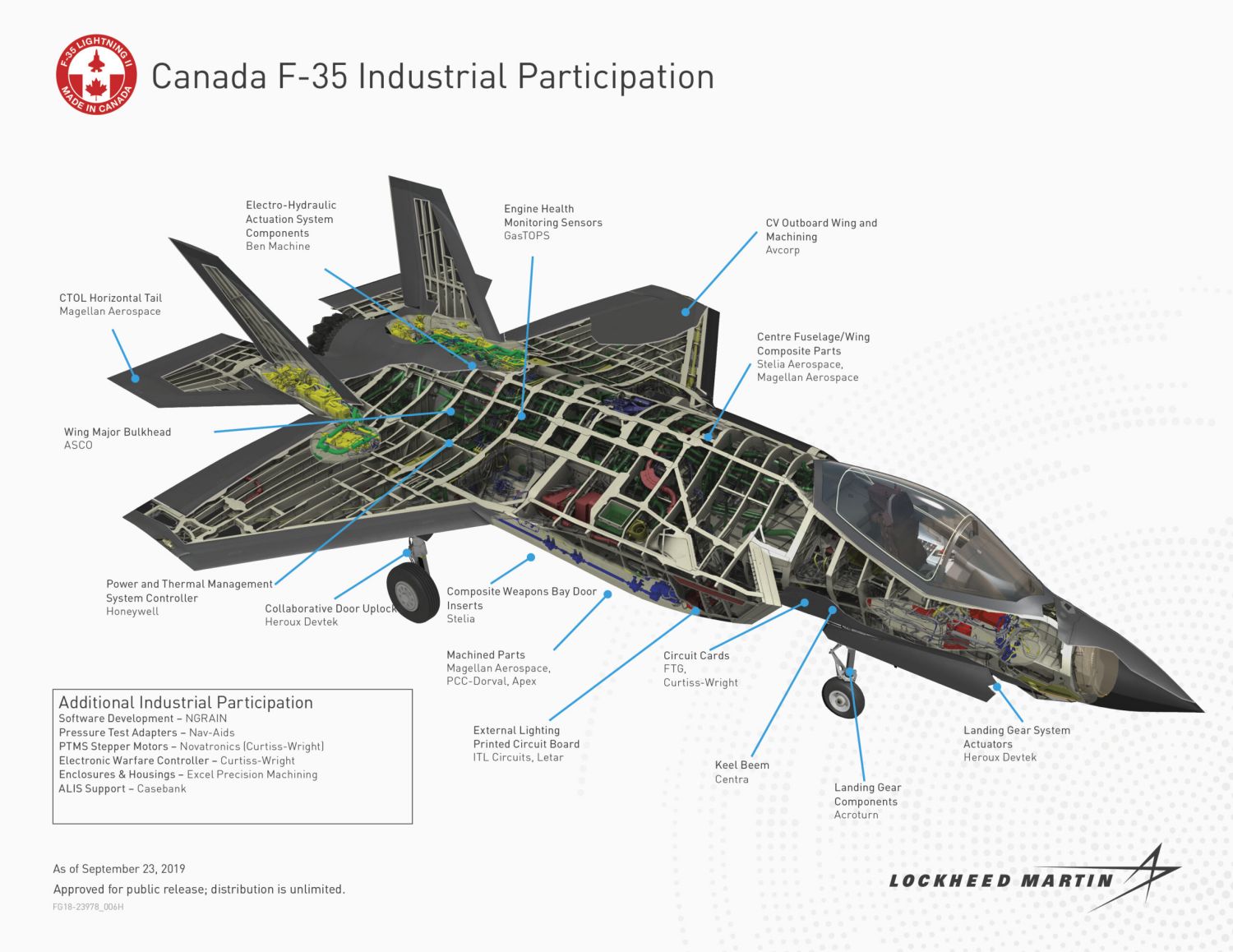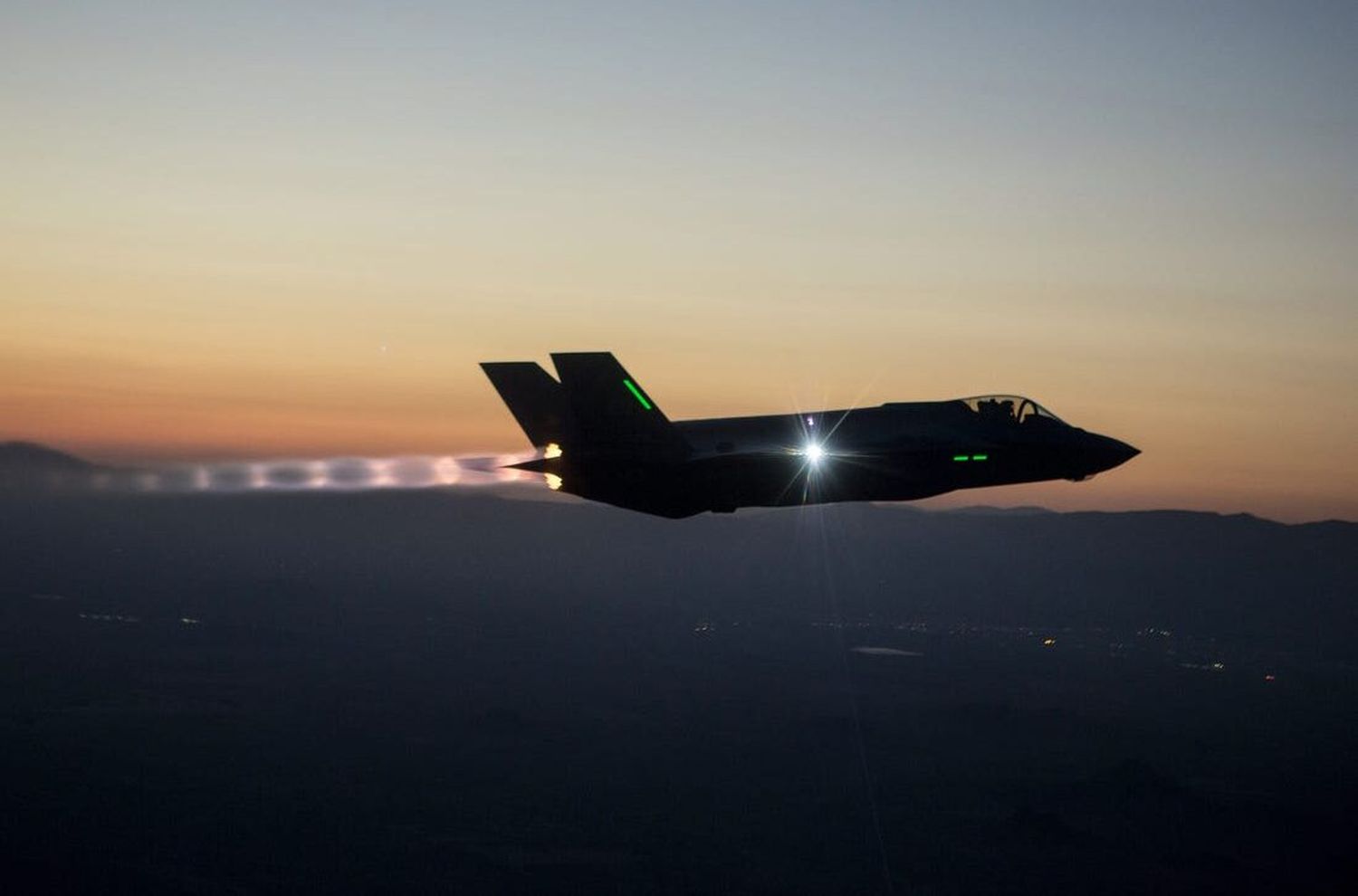Canada selects the Lockheed Martin F-35 as CF-18 Hornet replacement
After five years of intense deliberation, the Government of Canada selected the Lockheed Martin F-35 Lightning II as the replacement of the ageing CF-18 Hornet fleet. The RCAF will maintain its initial requirement of eighty-eight aircraft and support equipment.
In November 2021, Canada selected the two final contenders of the bid: The F-35 and the SAAB Gripen NG. While flying hour costs always were a tough issue for the F-35, it is known that the efforts to set it below USD 30,000 are showing progress and that factor, added to the important number of NATO allies that have selected the Lightning II –Germany has confirmed its choice not even a week ago– over the Gripen will improve their interoperability.
Filomena Tassi, Minister of Public Services and Procurement, said that “This announcement marks another important milestone in Canada’s competitive process to purchase modern fighter jets for the Royal Canadian Air Force. Canadians take great pride in their Armed Forces, and it is important to make sure that they have what they need to keep Canada safe and secure.”
The industrial offset
Industrial participation of Canada’s aerospace complex is supposed to be one of the decisive factors behind the selection of the F-35. Lockheed Martin has agreed to a significant offset, creating jobs, and transferring a good amount of know how in manufacturing processes.

NATO interoperability
Recognizing that these fighter jets must effectively serve the RCAF and Canadians over the coming decades, Canada evaluated these aircraft against typical scenarios familiar to NATO and NORAD allies, which were further tailored to meet the needs of the RCAF, including Canada’s unique northern geography.
“It is critical that current and future Royal Canadian Air Force pilots have the most advanced equipment available to ensure they can deliver on the important work that we ask of them,» said Anita Anand, Minister of National Defence.
«This procurement project for the RCAF – the largest in over three decades – will help ensure Canada can continue to defend North America, enhance our Arctic sovereignty and meet our NATO and NORAD obligations in the face of current and emerging threats. Canadians can be confident that this competitive process will deliver the best results for our Canadian Armed Forces for decades to come,” she concluded.
Additional preparations
During this process, the government has concurrently been preparing the two main operating bases for Canada’s future fighter aircraft, 4 Wing Cold Lake and 3 Wing Bagotville, by awarding two contracts to undertake infrastructure upgrades to support the delivery of these future fighters.
On August 27, 2020, National Defence announced a $9.2-million contract to EllisDon in Edmonton for the design of a new fighter jet facility at 4 Wing Cold Lake.
On October 2, 2020, National Defence announced a $12.1-million contract to EllisDon-EBC Inc. Joint Venture of Ottawa for the design of a new fighter jet facility at 3 Wing Bagotville. This infrastructure will support the long-term maintenance and operation of these new aircraft and brings Canada another step closer to delivering the infrastructure our aviators need for the future.
Going forward, the Government of Canada will continue to work toward the delivery of aircraft as early as 2025.


Para comentar, debés estar registradoPor favor, iniciá sesión